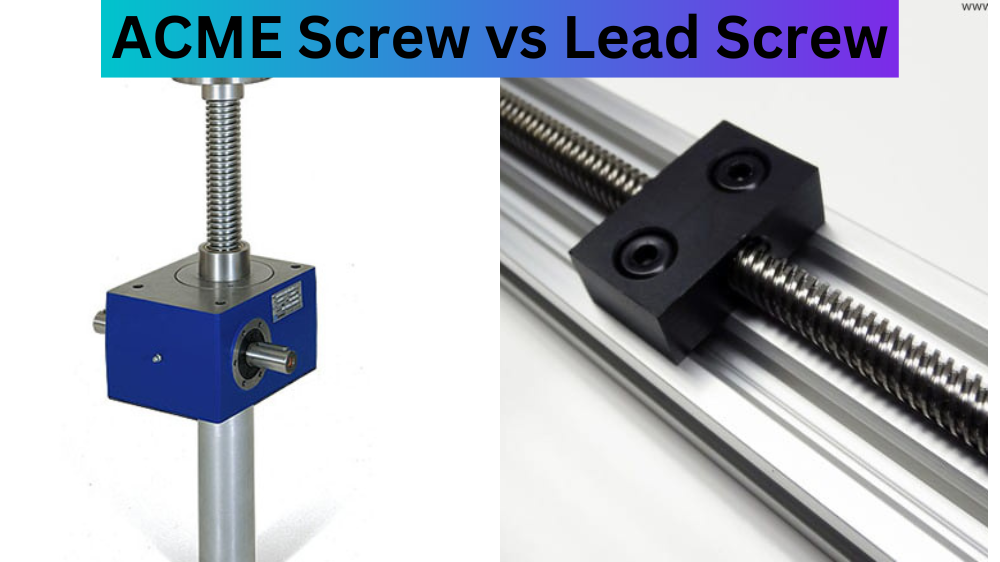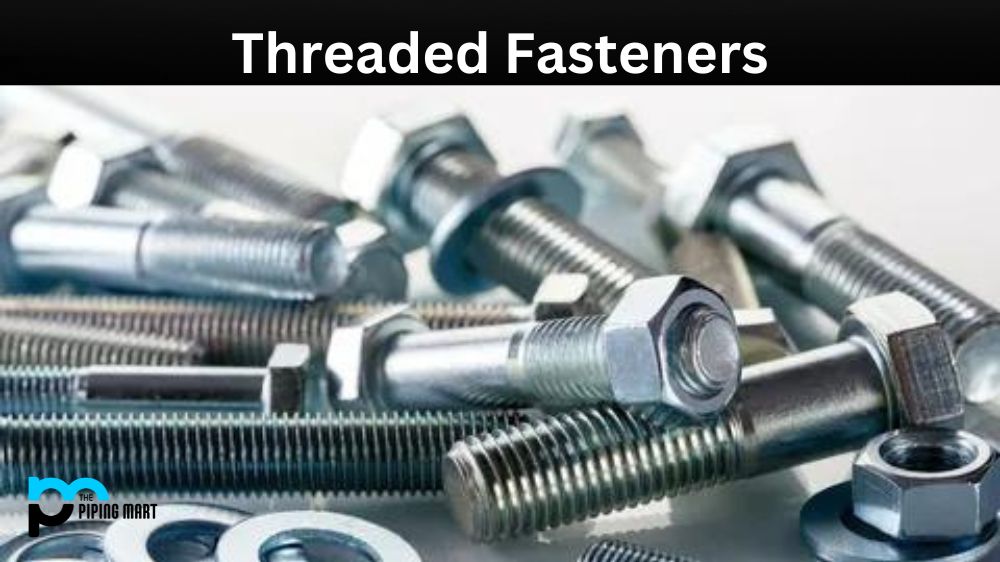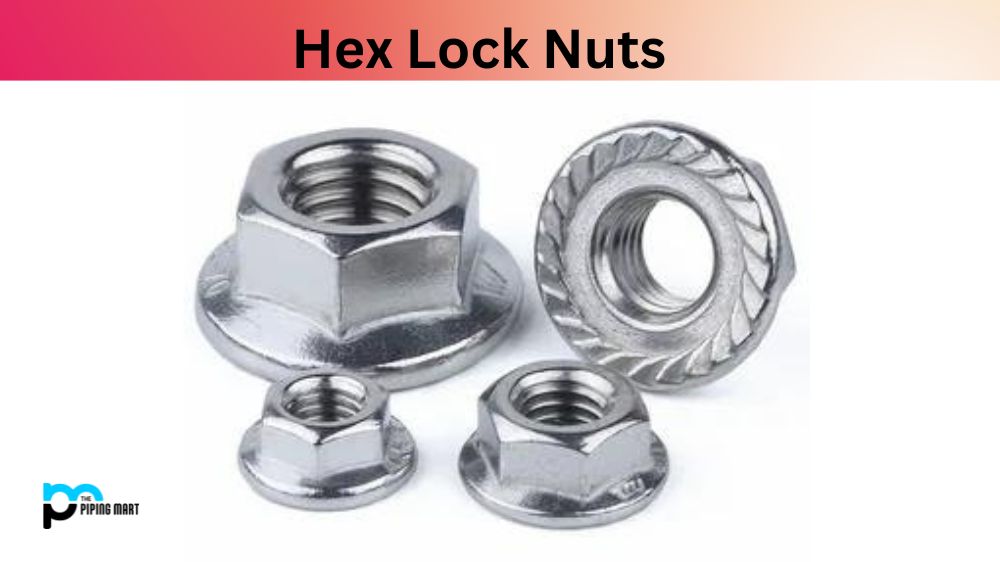Regarding industrial machinery, screws play a critical role in their smooth operation. As the engineering field evolves, the types of screws used in machinery continue to grow. Acme screws and lead screws are two such types that are commonly used in the manufacturing sector. But how do these screws differ? This blog post will explore the key differences between an Acme screw and a Lead screw and help you understand which screw type would best fit your industrial machinery.
ACME Screws
Acme screw is a crucial component in numerous machines and mechanisms. Its precise thread profile ensures a smooth, consistent motion, making it a reliable choice for applications that require accuracy and consistency. Whether in industrial machinery or laboratory equipment, the acme screw plays a vital role in the functioning of many devices. Its durability and resilience make it a dependable choice for engineers and manufacturers in various industries.
Lead Screws
Lead screws play in countless applications. Whether in manufacturing, automotive, or aerospace industries, precision movement is essential for many processes requiring intricate and careful attention. Lead screws are versatile pieces of technology that can help achieve optimal precision and accuracy, making them invaluable to engineers and businesses worldwide. It’s crucial to understand the advantages and limitations of lead screws when selecting one for any specific application.
Difference Between ACME Screw and Lead Screw
Structure
Acme screw and Lead screw have different thread profiles. Acme screw has a trapezoidal thread profile, whereas the Lead screw has a square thread profile. The trapezoidal profile of the Acme screw is wider and flatter than that of a square thread of a lead screw. The square thread of the lead screw has a sharper edge that makes it easy to move the load, but it’s also slightly less resistant to wear than an Acme screw.
Efficiency
Regarding efficiency, the Acme screw is more efficient than the lead screw. The Acme screw thread design allows it to transmit more torque than a lead screw. This also makes the Acme screw more resistant to wear and tear, which means it can withstand heavy loads and last long.
Precision
The lead screw is preferred for precision work as it offers more accuracy than an Acme screw. The trapezoidal thread design of the Acme screw makes it difficult to achieve high accuracy, which is why it’s not commonly used where accuracy is critical.
Cost
The Acme screw is comparatively cheaper than the lead screw. The square thread of the lead screw is more complicated to manufacture and requires more material than an Acme screw. That’s why manufacturing a lead screw costs more than manufacturing an Acme screw.
Applications
The Acme screw is commonly used in heavy-duty machinery with high loads, and precision is not so critical. On the other hand, the lead screw is used in machines that require precise movements, such as CNC machines, 3D printers, etc.
Conclusion:
In conclusion, both Acme screws and Lead screws have unique features that make them ideal for specific applications. While the Acme screw is more efficient and durable, the Lead screw offers greater accuracy and is preferred for precision work. The choice between the two depends on the type of machinery and the application where they are being used. Understanding the critical differences between these two screw types will help you make an informed decision and choose the right screw for your machinery.

A passionate metal industry expert and blogger. With over 5 years of experience in the field, Palak brings a wealth of knowledge and insight to her writing. Whether discussing the latest trends in the metal industry or sharing tips, she is dedicated to helping others succeed in the metal industry.




